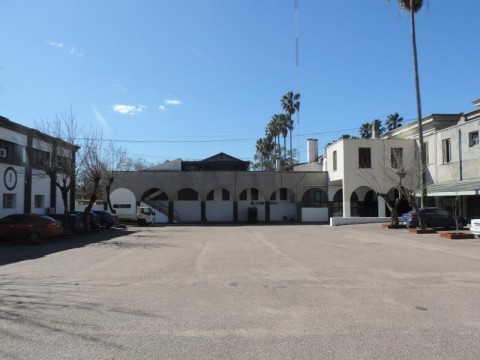300 Carlos
Summary
Data
Alias
Infierno grande, La Fábrica
Type of place
Location
Country
Address
Av. de las Instrucciones nº 1925
Operating period
1975 - 1977
Place ID
SMLG-UYMO-07
Related victims

